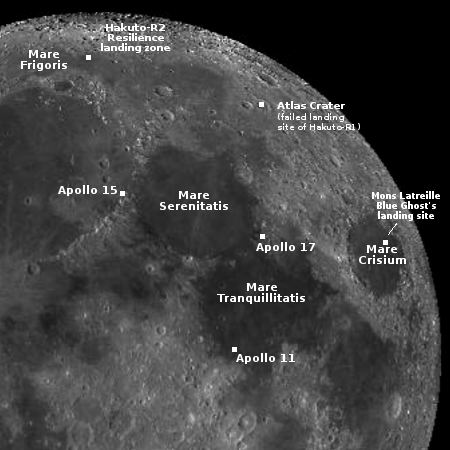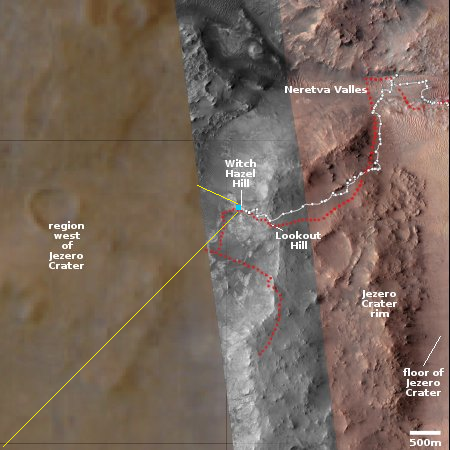Falcon 9 first stage lost after landing yesterday
According to an update on SpaceX’s website, the first stage of the Falcon 9 that launched 21 Starlink satellites (not 23 as initially reported) yesterday was lost shortly after landing.
The first stage booster returned to Earth and landed on the Just Read the Instructions droneship, which was stationed in the Atlantic Ocean ~250 nautical miles off the coast of Florida. Following the successful landing, an off-nominal fire in the aft end of the rocket damaged one of the booster’s landing legs which resulted in it tipping over.
This is only the second time in years that a first stage has been lost in this manner. After the previous occurrence last year during the Biden administration, the FAA grounded all SpaceX launches for several days, an action that indicated clearly an effort to harass the company for political reasons. I will be very surprised if this happens again, with Trump now in office.
According to an update on SpaceX’s website, the first stage of the Falcon 9 that launched 21 Starlink satellites (not 23 as initially reported) yesterday was lost shortly after landing.
The first stage booster returned to Earth and landed on the Just Read the Instructions droneship, which was stationed in the Atlantic Ocean ~250 nautical miles off the coast of Florida. Following the successful landing, an off-nominal fire in the aft end of the rocket damaged one of the booster’s landing legs which resulted in it tipping over.
This is only the second time in years that a first stage has been lost in this manner. After the previous occurrence last year during the Biden administration, the FAA grounded all SpaceX launches for several days, an action that indicated clearly an effort to harass the company for political reasons. I will be very surprised if this happens again, with Trump now in office.











